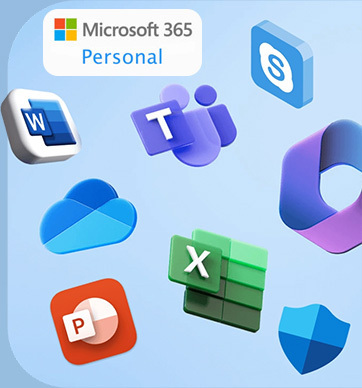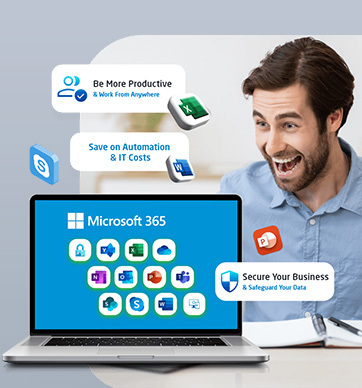By Craig Freer, Division Head: Managed Services
With businesses having to tackle a multitude of changes, including a growing preference for the cloud, a trend toward remote working, and the increased requirement to provide these employees with reliable and secure access, and managed service providers (MSPs) will have to evolve from being tech support to holistic IT advisors and providers if they are to provide true value that can take their customers into the future.
Traditionally, the job of the MSP has been rather straightforward: your customer had one site, one data centre and one network, with all users in the office sitting behind a firewall, which gave you full visibility. In many instances, the MSP just took care of the servers and desktops, while other different providers were responsible for taking care of the company firewall.
Things have been shaken up, however, with the rapid adoption of cloud services and applications (such as Azure or O365), as well as the pandemic-enforced shift toward remote or hybrid working, which brings with it a host of new challenges. This includes being able to effectively and efficiently manage remote users, regardless of how or where they are accessing the network from – and consistently maintaining a robust security posture.
Unlike the old days, simply ensuring that machines were patched and anti-virus definitions were updated simply don’t cut it anymore, and security now has to permeate across all levels of the organisation, while also encompassing identity and monitoring so that you can give remote employees the same level of security and support as available to those in the office.
To get this right, MSPs are increasingly involved in cloud storage, backups, continuity planning, security, systems, monitoring, hardware procurement, change management and continuous improvement. The added responsibilities see them involved in roles as varied as the helpdesk, ticket management, operations, billing and even HR. IT should even be taking the lead in areas such as ensuring compliance with the Protection of Personal Information (PoPI) Act.
This means that MSPs increasingly move away from being simple ‘break and fix’ organisations to ones that have a holistic knowledge of the IT ecosystem and can advise customers on best practice across the board – giving rise to the managed services professional provider (MSPP).
And, as providers evolve to being MSPPs, so too must the skills available within them: whereas previously technicians tended to stick to a particular area of expertise, they now need to be multiskilled and be able to understand how the IT ecosystem works together. They also need to have the adaptability to work with services – such as cloud – from multiple providers, so that customers have flexibility and aren’t restricted to just the solution that their MSP is familiar with.
Beyond just technical skills, and a focus on the IT infrastructure, they also need to be able to look at the end result – the experience for the end-user. This includes having the right set of skills – or teams of skills – to manage the expectations of frustrated end-users (who are often just looking for a similar level of service as they would get when in the office), just as much as managing the resolution of issues.
It also means that the customer engagement model for MSPPs is changing, by moving beyond an SLA that focuses on response times, repair times and mean uptime, and rather focuses on a continuous engagement in order to analyse the customers’ business and design and implement the required IT infrastructure.
Ultimately, it’s not about going into a customer environment and proposing a new product or solution to be implemented. It’s about gaining a deep insight into how their business operates and looking at what their requirements and challenges are, instead of simply looking at their technology needs.
Rather, the MSPP looks past the obvious problem, understands the core need, and proposes a continuous service that will help the business meet its needs while adhering to best practice.













